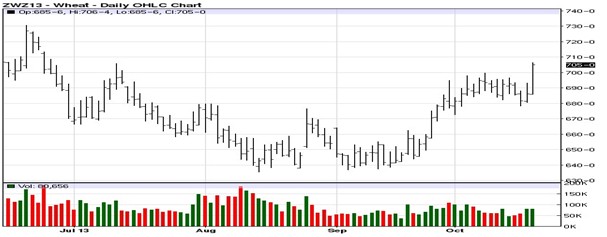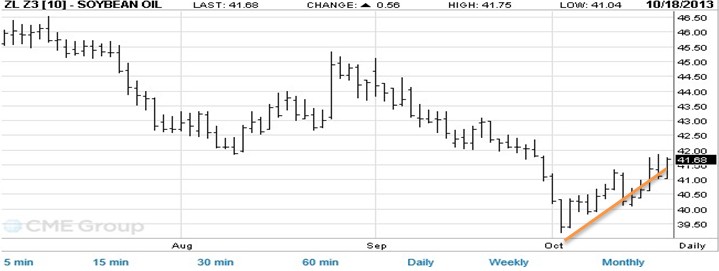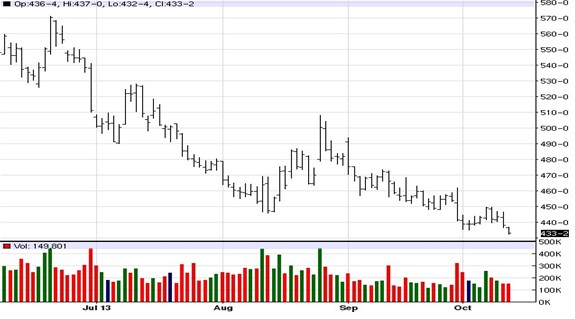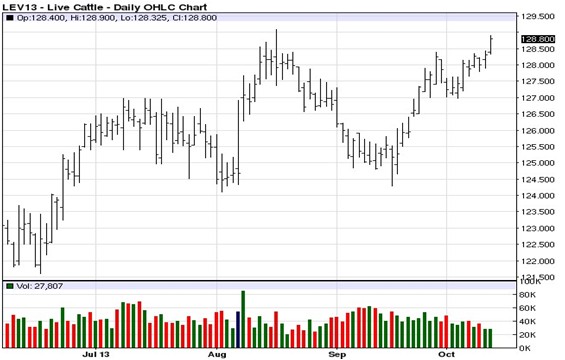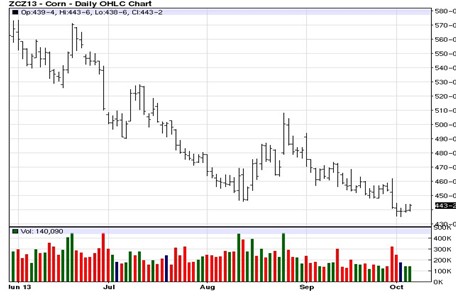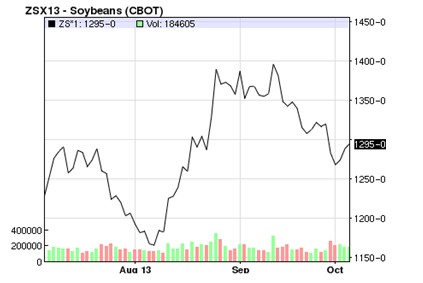Individual transferable quotas policy in Canada
Introduction:
Canada is maritime country , its coastline is occupied three of world’s ocean border, the oceans and resources make a great contribution to its national economy. There are around 60,300 fishers and 30000 vessels. In 2009, the landing fish was accounted for 1.8 million tones and valued at $3 billions. There are some differences in fisheries dependence between vary regions, the degree on the Pacific coast is less than on the Atlantic. However, the fisheries still contribute greatly to the BC economy. The ocean and marine fisheries are the common property of Canadian, so the effective policies are necessarily to be set to management and regulate the fishing. The federal Department of Fisheries and Ocean is the government agency that manage the nation fisheries resources, including quotas allocation and decision-making on access .
Individual transferable quotas
Decades ago, there are many cutthroat competition between fishermen, the poorly competitive Fishermen usually were bullied by other competitors with bigger boat and better fishing. Therefore, the government implemented an individual transferable quotas policy to regulate fishing. There are two major aims for fishery policy to implemented in Canada. One is to protect the environmental friendly aquatic ecosystems. The other one is to ensure the equity of allocation in fishery resources.
Individual transferable quotas is one kind of catch share.Individual Transferable Quotas was implemented by the federal Department of Fisheries and Ocean In 1990. The government set a total catch allowable , and then divided to individuals. Each quotas holder will allocated by a proportion of total catching. It is usually calculate by total weigh in a given time, the total weigh of landing fish cannot exceed the regulated quotas. Holders can decide the time and the methods to fish. The quotas also can be trade in the market ,including both bought and sold.
Here I want to introduce one kind of fish under the ITQ system, it called Pacific halibut, which is a flatfish which inhabits the continental shelf of the United States and Canada. The weight of halibut can reach 400 pounds, and it is very popular in the food market , because it is very delicious and it has few bones compared other fishes .Before the implement of IVQ, it was hard to estimate when TAC was reached, the fishermen often overload their vessels, which result in overharvest and depletion of the halibut resources. The quantity of vessels began to reduce after the introduction of IVQ, but the land fee has increased because fishermen can time their landing to match period of high market demand, which can also provide the high value fish to the market and meet the maximum profit.
In one article called A cautionary tale about ITQ fisheries, it mentioned that IVQ is not facilitate ownership but leasing. Many vessel owners sold their initial quotas and then earn their life without out fishing. The quota leasing of halibut, had increased from 13% to 86% of TAC from the year 1993 to 2008 , which showed a high leasing level. The leasing on BC’s integrated groundfish fishery is aims to conservation. It promotes a cap-and-trade system, fishermen can trade the surplus quotas with each other in the limit of TAC.
The mechanism for quote trading
In terms of mechanism for quote trading, there are several mechanisms for effective quote trading including the fish quantity monitoring and discard reduction.
1. The establishment of pre-landing notification requirement.
2. Quantity check. There must have supervisors to weight the total catch , and confirm the poundage landing and catch size. Recent year, Canada set up a QS program to help organize this quantity inspection.
3.Quality inspections. Government set up regulations to grade the quality of fish, the quality of fish can be grade to three levels.
4. Impose Landing fee. Due to monitoring and enforcement activity will generate administrative cost, the government impose the landing fee to reduce financial burden. These landing fee was not only collected to offset partial cost, but also improve the supervision department.
5.Impose the Stringent fines of fishing privileges for violations.
Conclusion
1) its effectiveness in reducing catch
The ITQ is one part of TAC, it is the small shares divided by the TAC . The total allowable catches is introduce to reduce the over-fishing, which makes a great contribution on sustainable development of environment and biological. The ITQ policy is recognized as an effective fish resource management methods to reduce catch and overcome overfishing and dumping problem.
2) its impact on discarding
Discarding is often driven by the economic and political factors.The discarding Due to quotas restriction, it may occurred to more discarding. The fish which are usually unmarketable, for example, when the quantity of fish are caught reach the maximum limits, the fishermen often discard some low value fish , or have to discard other rest of high value fish. Government in Canada found ban on discarding some species except some specifically authorized fish,like groundfish,it is illegal to desert grounfish , because this species has a low survival rates on release.
Many research proved that individual transferable quota will decrease the discard in single species fisheries, but not in multispecies fisheries.The individual transferable quotas are depend on shares of TAC in each species instead of their catching numbers, in this situation, fishermen use their their quota share to catch some certain kinds of fish before they catch their share on other species. It may result in discard on the some species fish caught before in order to catch more fishes in other species.
There are still some arguments in the discarding. Some research found that the discard did not increase after the implementation of individual transferable quotas, the discards tends to decrease in many species, because the fishermen have more flexibility choices, they can choose how and when to fish, if they want to catch more fish in the certain species, they can buy more quotas in this kind of fish to cover the excessive caught. Or they can also lease their quotas to other fishermen who need more quotas.
To conclude, the ITQ policy is a double-edged sword. On the positive side, the ITQ policy is implemented to reduce both overcapitalization and improve the market condition. However, on the negative side, the ITQ policy may also bring some problems, like some wholesales will have the monopoly control in the landing, or the increasing discards in multispecies fisheries. Overall, the ITQ policy grant the fishermen the right to assign their own shares in fishery. But it still need to be improved and has a long way to go.
Reference.
1. http://worldoceanreview.com/en/wor-1/fisheries/fisheries-management/
2. Individual transferable quotas in fishery management, CRS report for Congress
3. Individual vessel quotas in the Halibut Fishery of BC
4. The influence of individual transferable quotas on discarding and fishing behavior in multispecies fisheries









